High-Speed Rail
Everyone wants infrastructure improvements.
Local folks want their roads
fixed, steel companies want to sell components for bridges.
Wall Street sees Caterpillar's
stock price soaring.
Construction workers take paychecks home and spend money
in their communities.
Everyone wins....
IF....
...the projects are not Sarah Palin's "Bridges to Nowhere".
What if someone came up with a grand vision that would power an industrial
renaissance
that would bring fruits that would endure for a hundred years?
Pretty
tall order.
Except that it has been done before.
Hmmmm. Don't rightly remember
that.
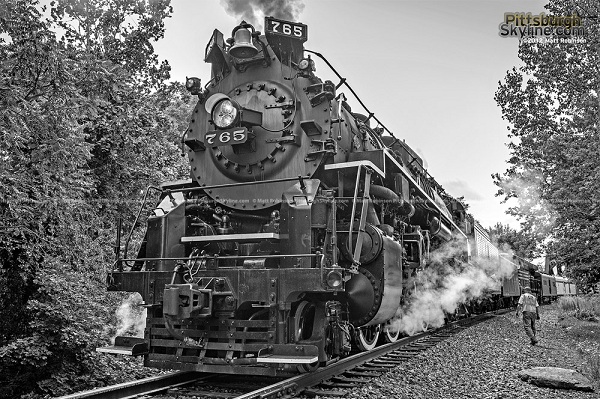
Railroads
powered and created and then amplified the Industrial Revolution of the 19th Century.
They
powered advances in metallurgy for rails, steam engine technology and finally electric
motor technology.
The result was millions of jobs & an infrastucture that
would weave America together until the Interstate highway system usurped that function.
Today
there exists a semi-viable freight network, but the majority of people today move
by automobile at great expense
to their wallets, to the environment and with unacceptable
highway death tolls.
When they want to move quickly, they go by air. Even when
it is only a few hundred miles.
This requires even more complex machines guzzling
more fuel and releasing more pollution.
Frame that with the fact that anyone who has visited Europe and ridden on a
high speed train becomes an instant convert.
Are Europeans smarter than us? Nope.
A bit more orderly perhaps, but we invented Cheez Whiz among other things.
Not
to overlook sending man to the moon, personal computer, internet, laser beam, nuclear
devices etc.
You get the drift. There is nothing we can't do if we elect to.
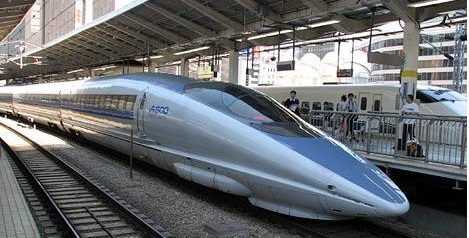
So
how about high-speed rail for America?
No one disagrees publicly, but those who
sell cars might have reservations (and own some congressmen).
Let's assume for
national unity there is a universal consensus.
What's good about high-speed
rail?
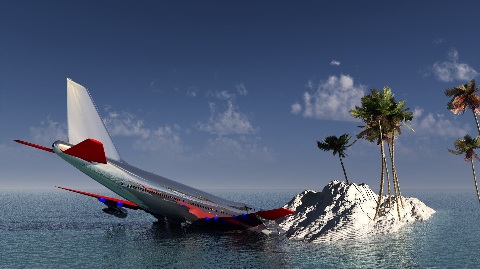
For
one thing, they're not prone to fall out of the air (a big plus).
And you can
get there while playing Nintendo or (gasp) reading a book.
If you're overbooked-
add another car (hang off the wing in an airplane).
They run rain or shine.
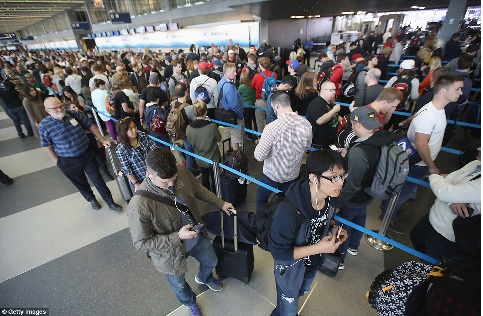
No
more being stuck in O'Hare instead of home.
They don't destroy the ozone
layer like jets do.
They don't meet drunk fools in their pick'em-up truck head-on
on a Friday night on a back road.
In the forty years from 1974 to 2014 there were
zero fatalities in the U.S.A. in train wrecks.
In 2015 eight were killed when
a train derailed in Philadelphia.
That's an average of a quarter of a person per
year. Beats 55,000 per year on the highway.
Need we say more?
How can we make this happen? This is a massive, gargantuan undertaking.

It
could be birthed, grow, and bleach like a bloated whale in the hands of conglomerates,
bureacracies and special interests.
So consider a small pilot project that would
make the most impact with the least expenditure and the least money and risk.
Where?
When? What?
Start with this.
St. Louis is in the virtual center of the geographical
United States and also the virual center of U.S. population.
Here is a list of
cities encircling St. Louis with distance and regional population.
These are too
close to fly to and a pain in the rear to drive to.
|
City
|
Miles
|
Population
|
|
St. Louis
|
0
|
3,000,000
|
|
Chicago
|
288
|
9,400,000
|
|
Des Moines/Iowa City
|
347
|
1,000,000
|
|
Omaha
|
355
|
1,000,000
|
|
Kansas City
|
288
|
2,100,000
|
|
Oklahoma City/Tulsa
|
362
|
2,250,000
|
|
Little Rock
|
346
|
1,000,000
|
|
Memphis
|
231
|
1,370,000
|
|
Nashville
|
253
|
1,830,000
|
|
Louisville
|
242
|
1,300,000
|
|
Indianapolis
|
231
|
1,000,000
|
|
Milwaukee
|
327
|
1,000,000
|
|
|
Total
|
26,250,000
|
These baker's dozen cities' urban population is equal to California's urban
population.
If one includes rural areas within short driving distance, they are
equal to Callifornia's total population.
If one considers the populations of these
states, it is 57,000,000 persons.
That is almost one-sixth the population of the
United States within a circle of an approximately 300 mile radius.
Plus, virtually
everything in between all destinations is level cornfields.
No bays, no inlets,
no penisulas, no mountains, no deserts, no Grand Canyon. Just corn (and beans sometimes).
(If
one can imagine the first railroad meeting the Grand Canyon, that likely qualifies
as an "oh sh*t" moment.)
Solved problem "A" with regards to
construction difficulties.
The difference from other parts of the U.S. is that
they are clustered in a uniforn circle, virtually equidistant apart.
So
this has everything going for it- location, terrain, demagraphics, national will.
Could
it get any better?
Yes!
St. Louis may be the center of the U.S., but its heart is densely populated
and heavily built-up.
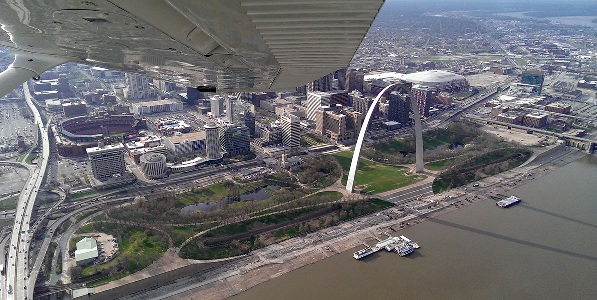
East St. Louis on the Illinois side of the Mississippi is an iconic image of
an urban wasteland.
It is, by comparison with St. Louis, empty.
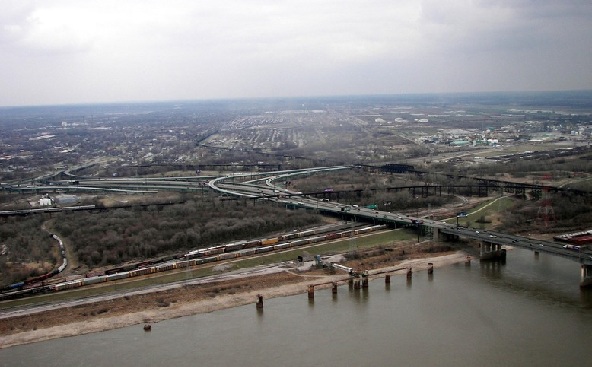
In
their favor, they do have the East St. Louis Trump Hotel in all its gilded glamor.
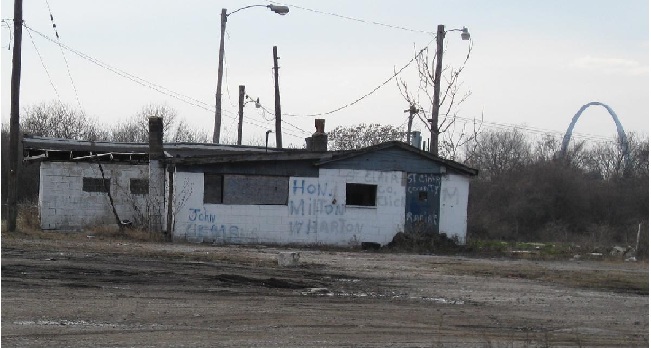
Otherwise,
it is a vacuum of neglect, decay and disregard for the needs of Illinois' most vulnerable
citizens.
Outsiders, in the past, have tried various means to "fix"
East St. Louis, but they didn't do well.
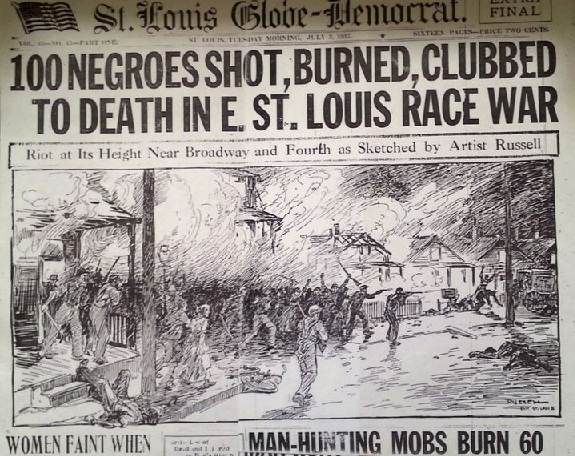
Maybe East St. Louis deserves a special effort.
Sort of a national guilt-trip
to do right by them for change.
The biggest part of East. Louis is vacant lots
or sub-standard and abandoned housing (see photos).
WHAT if it were decided to
put the High-Speed Rail Hub in East St. Louis?
All the home owners would be instantly
flush with the increased property values.
Legislation would have to be enacted
to prevent slumlords and non-owners from speculating and fleecing existing owners.
This
is now the official plan for East St. Louis. Rail Hub of the Midwest.
Transportation
jewel of the midwest. You heard it here first.
How much would such a dream cost?
The table above considers about 3100 miles
of track and thirteen cities which means thirteen terminals and all the land.
A
rough estimate is as follows:
A forty-foot right-of-way requires four acres of
land per mile of track. For 3100 miles of track that is 12,400 acres.
If cost
of acquisition averages $20,000 acre, that is $248,000,000 for land.
Acording
to the internet, cost of virgin rail is about $1,000,000 per mile.
This compares
with interstate highway which is also about $1,000,000 per mile.
One study indicates
for land acquisition, prep, bed and rail along with overpasses comes to $5,000,000
per pile.
So for $15,500,000,000 a rail network. That's the cost of one aircraft
carrier.
Add two billion for terminals and two billion for trains and you're at
$20,000,000,000.
Assume operating costs, interest, maintenance etc. at a half
billion a year for forty years
and the total comes to forty billion dollars.
(You
have to double that when the thieves (corporations and politicians) get their hands
in the pots.)
For a project with forty year lifetime, that's one billion dollars
per year revenue required to break even.
What would a "good" ticket
price be?
How about 10 cents per mile?
Twenty-eight dollars for a ticket from
St. Louis to Chicago or most other similar distances.
Twenty cents per mile for
First Class. Sounds good. Can't buy the gasoline for that.
At those numbers, it
would be necessary to sell 96,000 tickets (or fewer if some went First Class) per
day.
From the above chart there are about 300 possible combinations of departure
and destination.
That's 320 passengers per combo per day.
If a 200 mph train
takes an hour and a half from St. louis to Chicago,
in a twenty-hour day, figuring
two hours per trip, it can complete ten trips.
Thirty-two passengers average per
leg to break even.
Put this in the perspective of the fact that the Moscow Metro
moves 12,000,000 passengers per day.
The London Tube 4,800,000 passengers per
day.
New York Subway System 5,000,000 passengers per day.
96,000 per day is
a trifle. And reachable. Let's do it.
Return to Home.








